Homeowner Newsletter: Summer 2015
©2015 Jeffrey C. May
An attached garage is a great convenience, but it can also be the source of indoor air quality problems in the house.
Paints, varnishes and pesticides stored in a garage can be sources of VOC’s (volatile organic compounds). Gasoline-powered equipment can leak, and a gasoline-powered mower or snow blower, if started in a garage, can produce combustion products, including surprisingly high concentrations of carbon monoxide. And don’t leave any gasoline engine running inside the garage. If you need to warm up your car in the winter, do that in your driveway, and not in your attached garage.
Garages are prime areas for pest entry, because overhead garage doors don’t always fit tightly at the bottom or the sides. Decayed trim at the door casing may also present another entry for pests. Then mice and shrews (which eat mice so follow them indoors) can find their way through holes and gaps from the garage into the ceiling and wall cavities of the house.
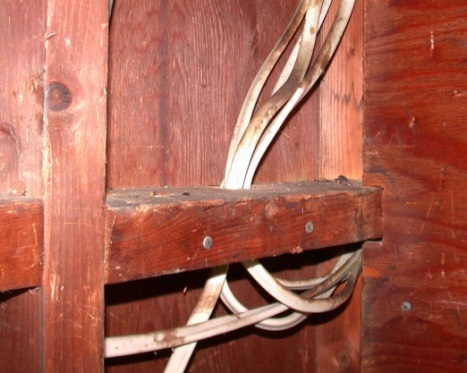
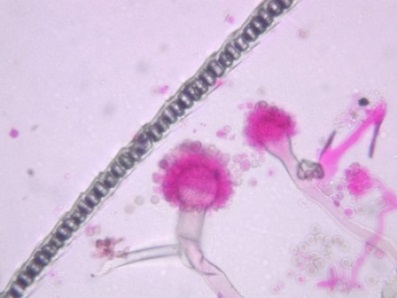
You may think mice are smelly, but wait until you get a whiff of a shrew! These small animals look like mice and are about the same size, but they have claws and longer snouts. They exude an odor the way that skunks do, and they defecate in smelly piles that become moldy. A pair of shrews nesting in a wall cavity can render rooms in a house virtually uninhabitable.

There should also never be exposed fiberglass in a garage, because insulation is a favorite nesting place for rodents.

Mold growth is another potential problem in garages. I often find mold growth on the back of overhead garage doors because these surfaces are cold, resulting in condensation or high humidity (as air cools, its relative humidity or RH rises; and some molds can grow when the RH is over 80%). It’s hard to prevent mold growth like this on garage doors, but it’s only surface growth and will not decay the wood.
If the sight of the mold bothers you, you can clean your garage doors now and then with a dilute bleach solution (one part bleach to ten parts water). If you find the odor of bleach irritating, you can use a hydrogen peroxide solution or any appropriate detergent solution.
You may use your garage for storage. Items that are leaning up against cool walls, as well as boxes sitting on the concrete floor, can become covered with mold, because in humid weather, the RH in a garage can increase.
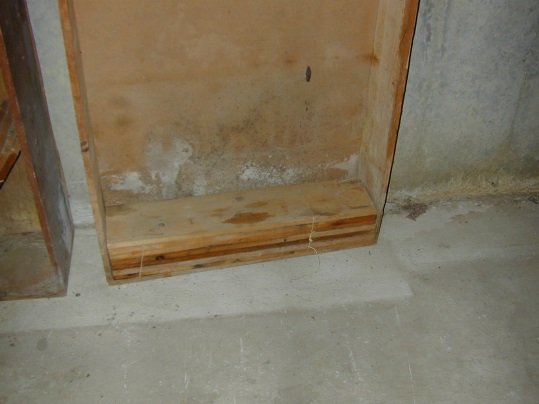
Moisture can be introduced into a garage when someone drives a car wet from rain, or a car with tires covered with snow, into the space. This, too, can result in condensation and/or elevated RH in the garage.
Some houses are constructed into a hillside and have “garages under” that have a wall or two that are partially below or fully below grade (below ground level). Such garages, like basements, are prone to water intrusion.It’s easy to mistaken the feathery patterns of efflorescence for mold, however.

When water migrates through concrete from the exterior and then evaporates from the surface of the inner side of the wall, crystalline mineral matter is left behind, creating efflorescence. While such patterns are not mold growth, they nonetheless are evidence of moisture intrusion from the exterior.
To help keep moisture from migrating through foundation and garage concrete walls, clear gutters and downspouts, including those serving your attached garage, several times a year. You may have to clear them more frequently if there are tall, shedding trees around your house.
If your driveway slopes down to the garage, rainwater may flow into the space. If you have a drain in front of the garage door, watch the drain during a heavy rain, to see if it is functioning as it should. Clear it out as needed.
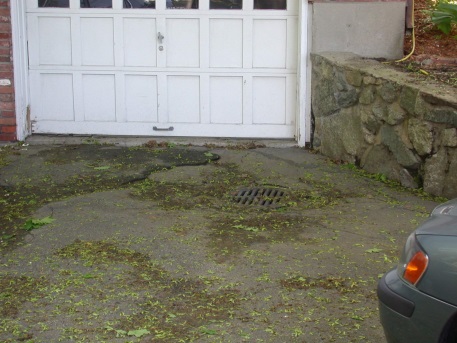
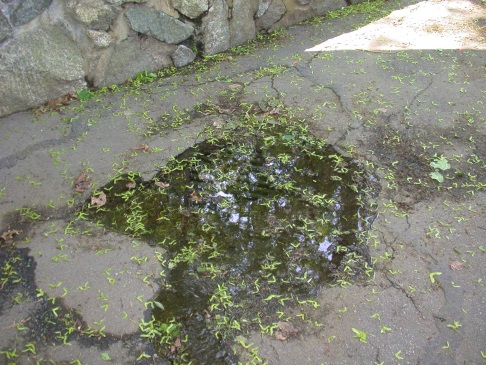
It’s important to keep the ground sloped away from rather than toward the garage walls. Avoid wood/soil contact around the garage, as this can attract termites in areas of the country where termites are present.
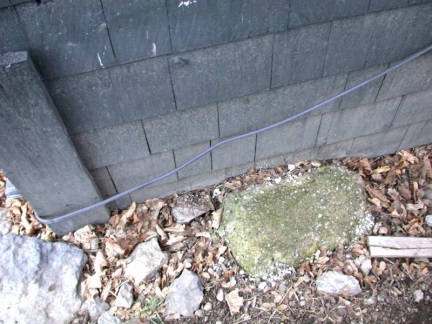
Here are some tips on attached-garage maintenance to help avoid some indoor air quality problems in your home.
• Store paints, varnishes, and pesticides (including fertilizers, which often contain pesticides) in a separate building, such as a garden shed. If this is not possible, be sure the lids are tightly sealed, or store these materials in metal containers with tightly fitting covers.
• Don’t keep leaking gasoline-fired equipment in the garage.
• Seal up any holes or gaps around pipes, electric cables, etc. that could allow pests (or odors) to travel from the garage into the house.
• Be sure overhead garage doors close tightly; add sweeps or gaskets as needed.
• Any other garage door leading to the exterior or into the house should close tightly; again, add sweeps or gaskets as needed.
• To avoid attracting pests, don’t store birdseed or pet food in a garage. Avoid clutter; the more goods you have in the garage, the more hiding spaces there are for rodents.
• In winter, kick snow off a car’s wheel wells before driving the vehicle into the garage. This will help keep moisture out of the garage – moisture that can fuel mold growth. This will also keep salt out that can cause damage to the concrete if the concrete is not sealed.
• Consider running a dehumidifier in your garage during hot and humid weather. Measure the relative humidity (RH) with a thermo-hygrometer and keep the RH at no more than 70%.
• Keep stored goods on rolling metal shelves, placed at least a foot away from cool walls. Nothing biodegradable (cardboard, wood, paper) should be placed near or on the concrete.
• Clean the garage on a regular basis.
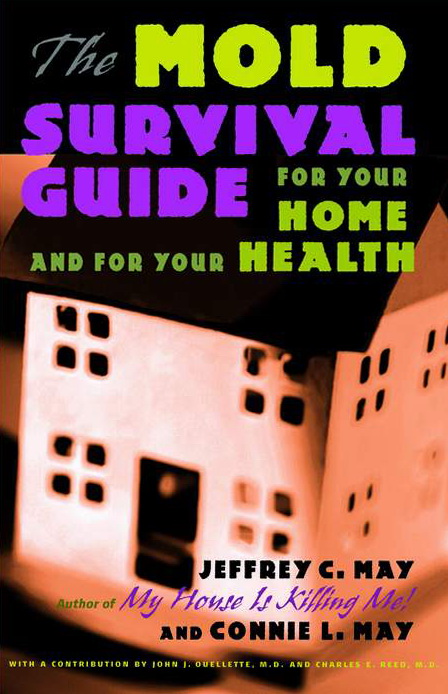
Pay attention to garage conditions, because as far as the flow of air is concerned, an attached garage is part of your house’s interior.
Refer to The Mold Survival Guide for further guidance on garage care; available on Amazon.com.
